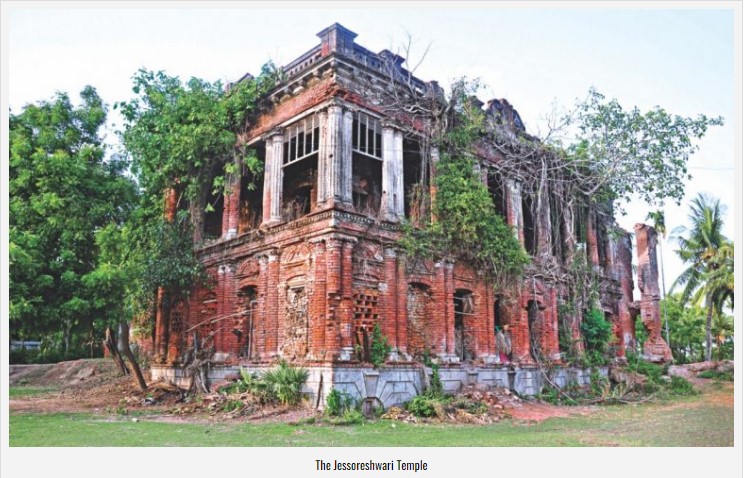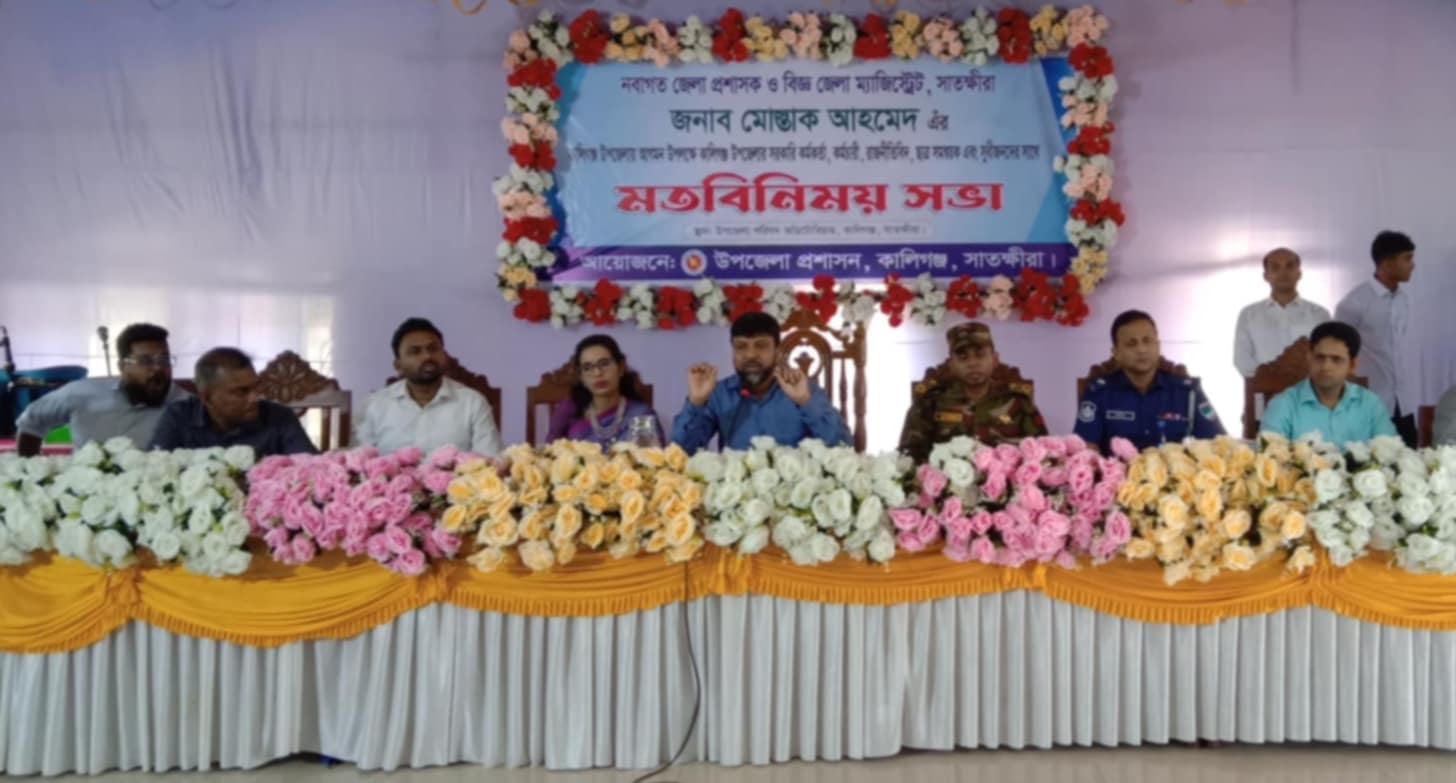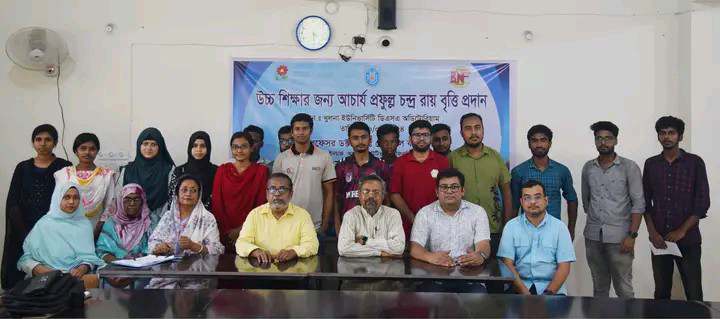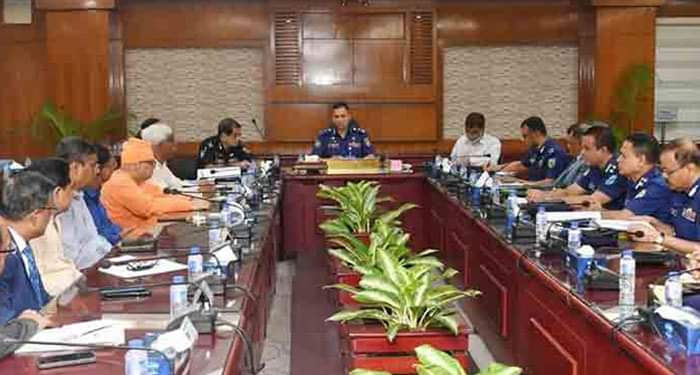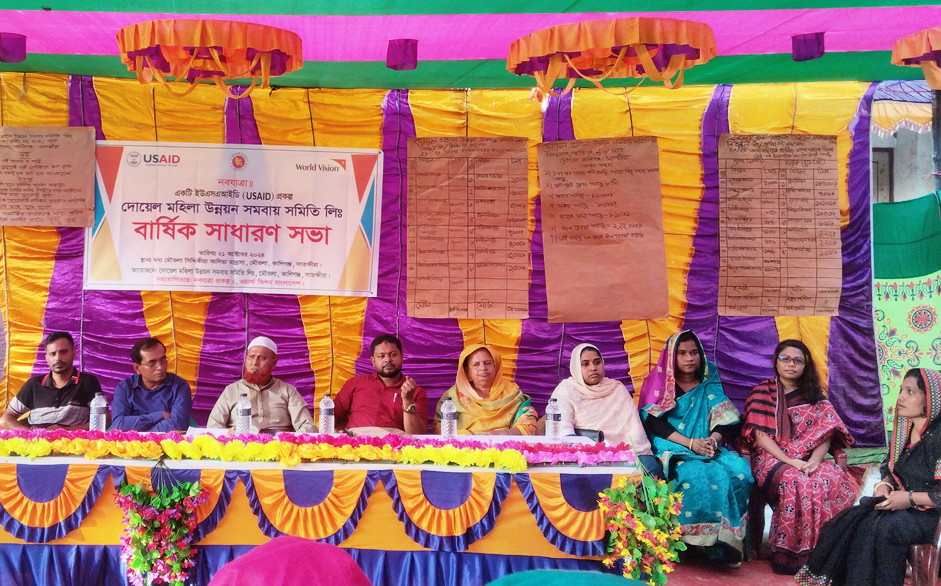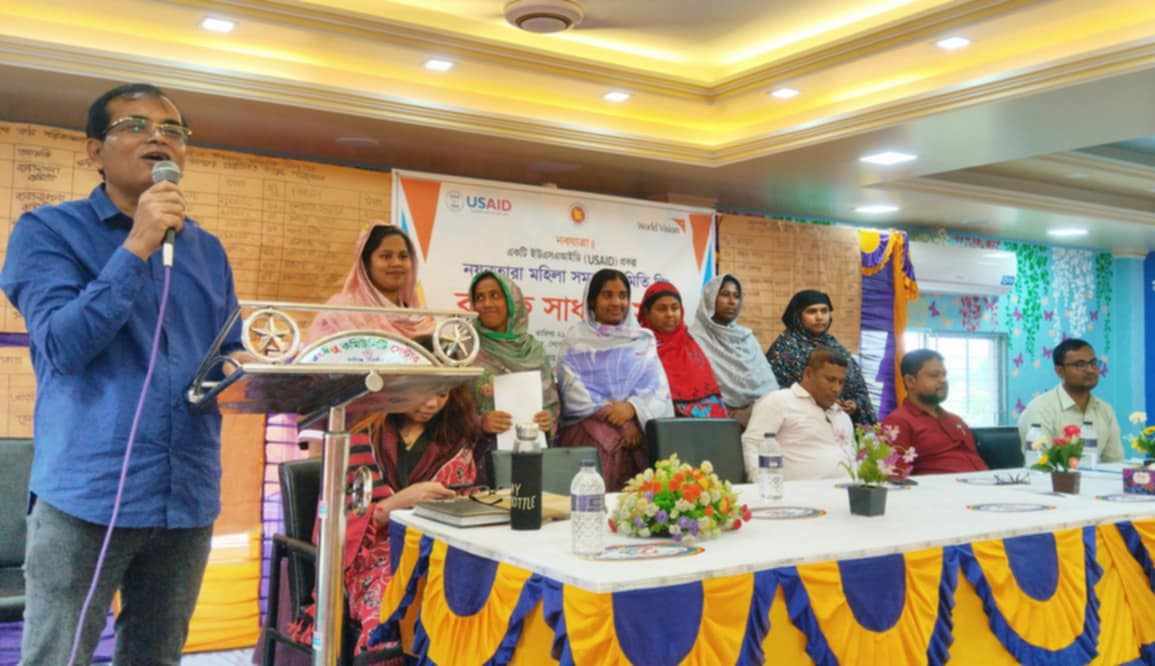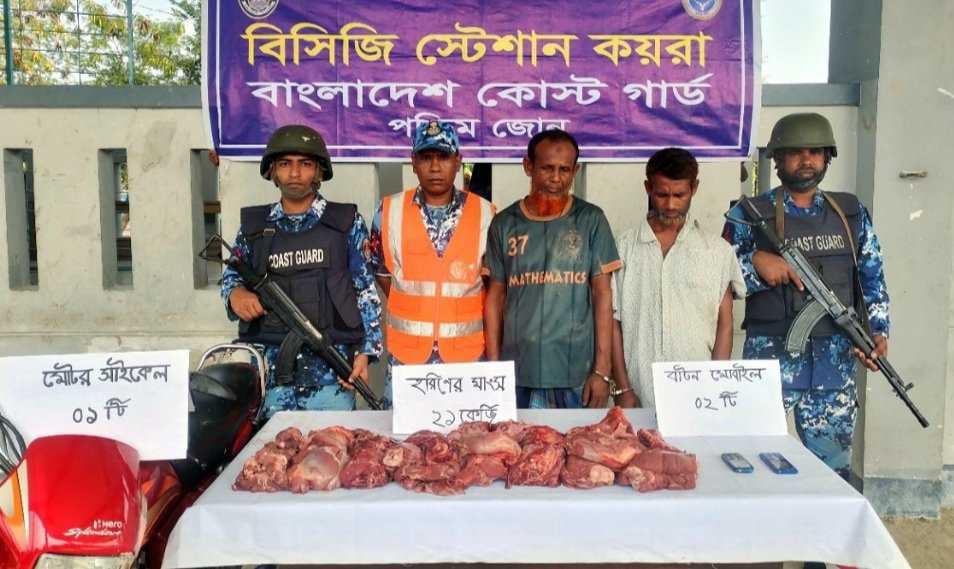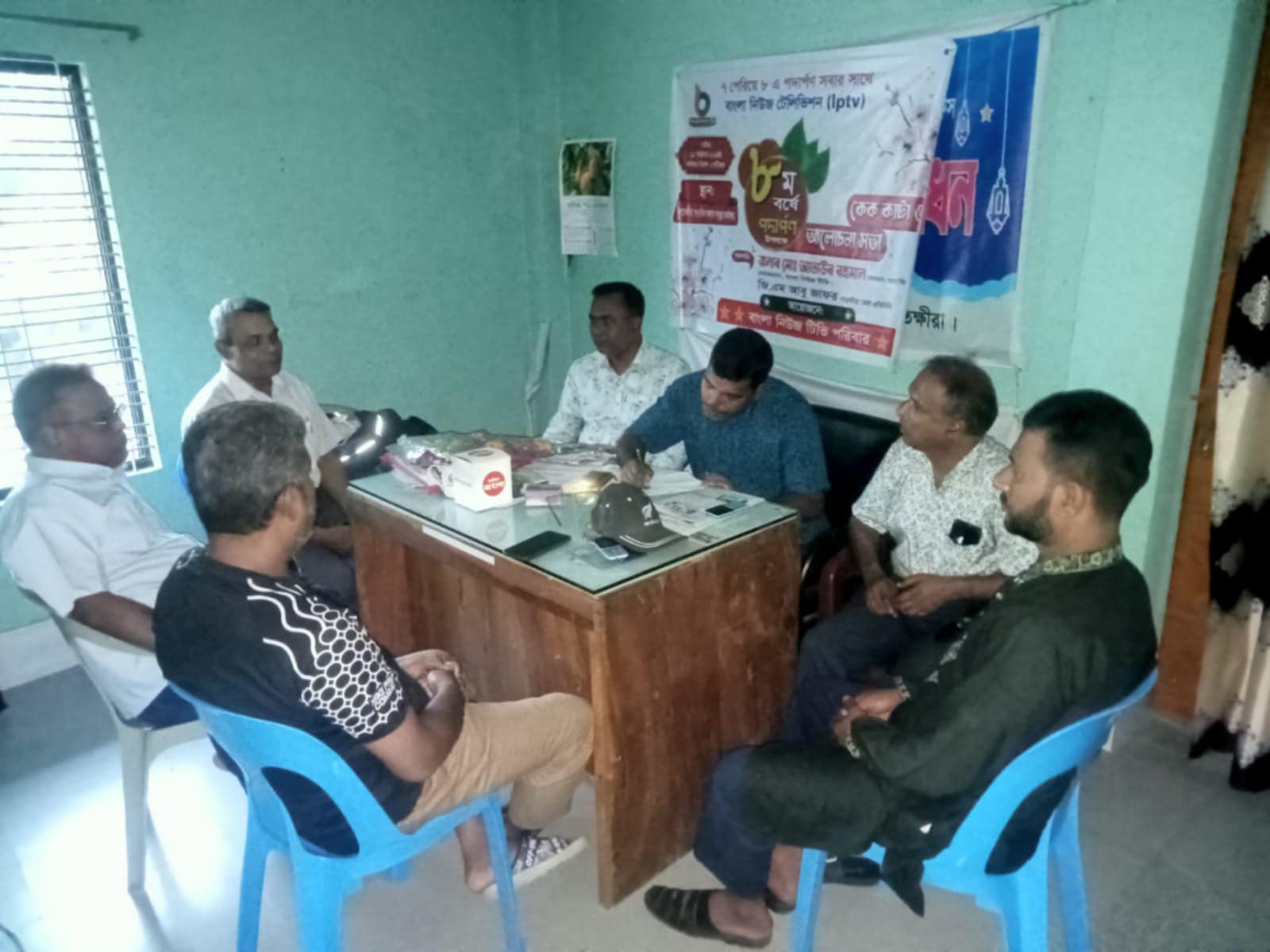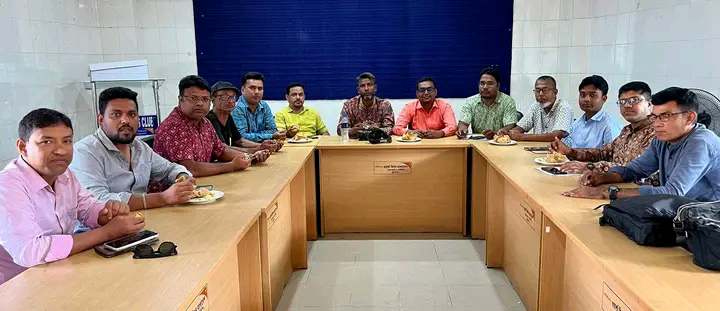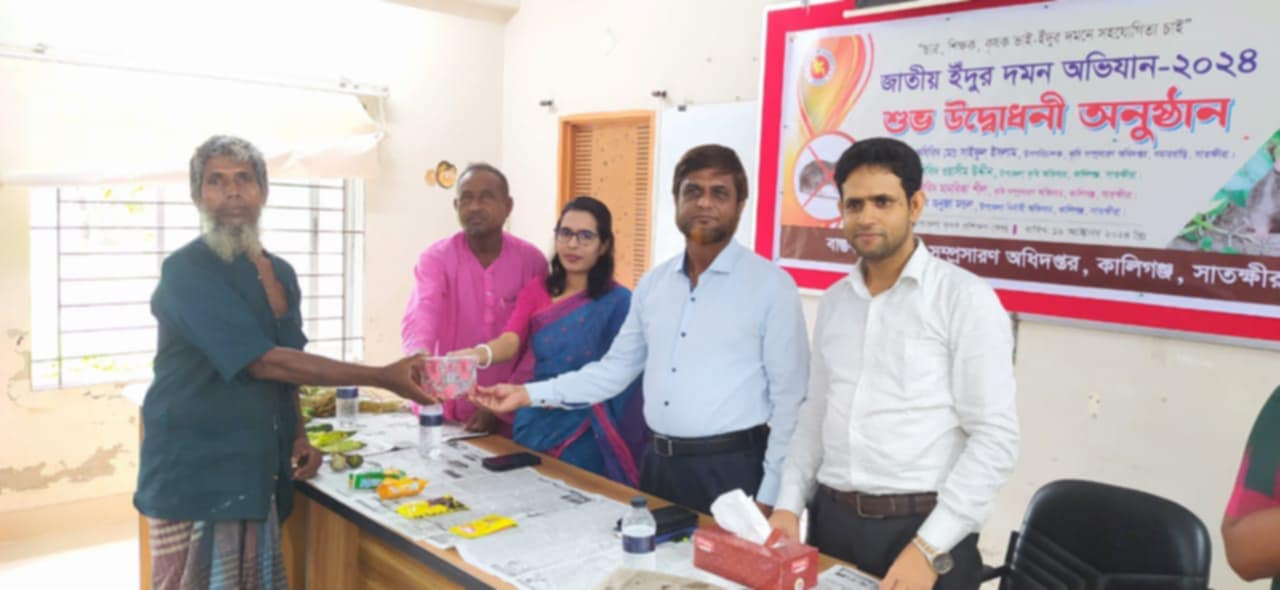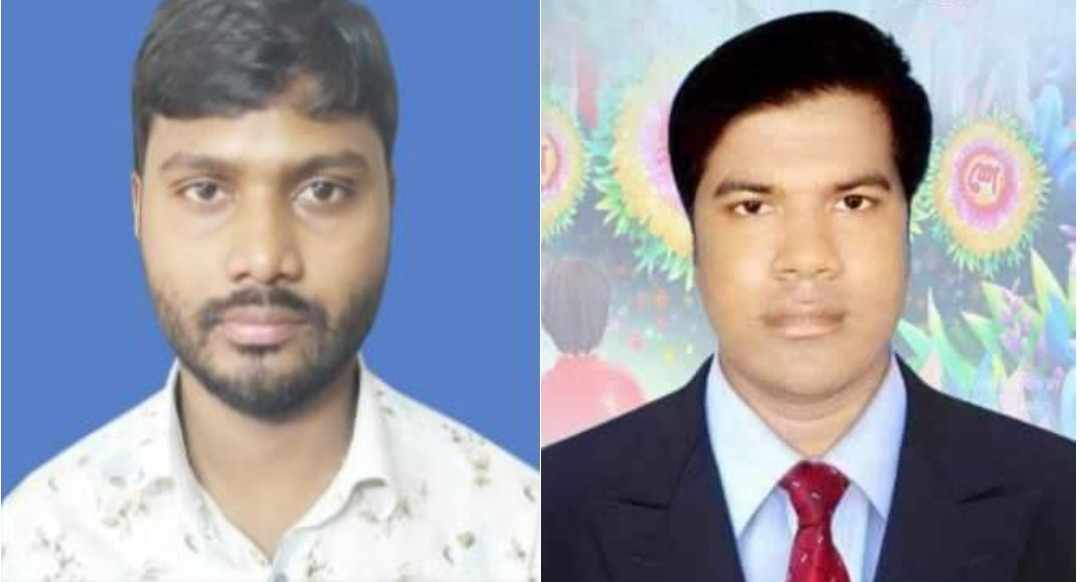Traditions wrapped in the pages of ancient history are now ruins and antiquities. A historical city extending to Kaliganj Upazila of Satkhira and Dhumghat of Shyamnagar. Historian says, the name of this town is “PANCHKROSI”. Dhumghat is a village of Sat in Ishwaripur union of Shyamnagar upazila of Satkhira district. Dhumghat of Iswaripur was the capital of ancient Jessore kingdom. It is known that there are many graves near the mosque of Banshipur. The slain soldiers of King Pratapaditya’s army are buried here. The Muslim members of his army offered prayers at the Banshipur Shahi Mosque, the Hindu members worshiped at the Jashoreswari Kalimandir and the Christian members worshiped at the church. Named Jesus Church, it is the first church in Bangladesh. In 1540, a Spanish man named Ignatius Loyola founded the Jesuits. Christians spread to different continents to spread the message of Jesus. According to the French historian Pierre du Jarique, Father Fonseco arrived at Iswaripur, the capital of Pratapaditya on November 20, 1599 and appeared at the king’s court on November 20 and requested permission to build a church in the Christian village. The construction of the church started with the approval of Pratapaditya. Pratapaditya helped the Christians to build churches. In 1599, the construction of the first Christian church in Bangladesh was completed in Ishwaripur.
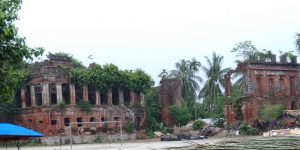
The kingdom of Jessore founded by King Vikramaditya is no more today. His son King Pratapaditya’s reign also bears no trace. However, some traces of their memories remain today. Dhumghat, the capital of Pratapaditya, no longer exists. There was a military fort.
Dhumghat, the capital of King Pratap, is now a village near Ishwaripur in Shyamnagar Upazila of Satkhira district. King Pratapaditya’s military fort was also here. According to the information written by various historians, Jessore kingdom was spread over the Madhumati river in the east, Bhagirathi in the west, present day Jessore district in the north and Sundarbans and Bay of Bengal in the south.
According to the old history, a person named Srihari was responsible for maintaining the property of Daud Karrani. Daud Karrani was defeated and killed during the Mughal invasion of Bengal. At that time Srihari fled to the forest of Sundarbans with all the treasures of the treasury. There he announced himself as Vikramaditya Ray and established forts, palaces and temples and declared himself as an independent king. King Vikramaditya died in 1583 and his son King Pratapaditya was enthroned in 1584. Dhumghat fort was established in 1587.
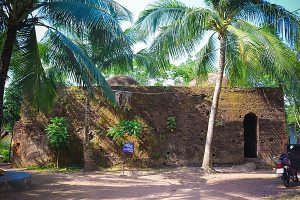
In 1591 King Pratapaditya declared independence. After some time, Mansingh crossed the Kalindi river and established an army camp at Basantpur. His aim was to invade Pratapaditya’s kingdom. On hearing this news, the subjects of Jessore kingdom fled in fear of death and took refuge in Dhumghat fort. At this time, war broke out on both sides. Mansingh marched with 20 thousand soldiers. He had a large army with him. On the other hand, King Pratapaditya had 52 thousand soldiers including the Turkish army.
Among them were a large number of archers, 1300 elephants and 10000 cavalry. At the same time he had a large number of irregular soldiers along the road. King Pratapaditya was defeated by Mansingha in a battle of several days. However, despite winning the war, Mansingh made a treaty with him for the sake of preserving his dignity.
It is said that on hearing the news that King Pratapaditya had been defeated in battle, his wife Sarat Kumari committed suicide by drowning the barge carrying him. The parade ground was near Pratapaditya’s fort. King Pratapaditya and his commander Khwaja Kamaluddin at that time saw a kind of smoke and rays of light coming out of that forest. He then ordered the temple to be opened. Later the temple was renovated. This ancient temple is said to have 100 doors. Today Jashoreswari remains an ancient memory. Near the temple is a ruins called Hammamkhana. It was the royal bath of King Pratapaditya. It can be seen the existence of deep chewbacca inside it. There were water tunnels in between. The Hammamkhana has a dome. Around the big dome were several other domes. Light was brought to this bath through the rays of the sun. Banshipur village is located near Ishwaripur temple and Hammamkhana, the historic five-domed mosque.
Its name is Tenga Mosque. There are several entrances to this large-scale, thick-walled mosque. Thousands of Muslims pray in this mosque. Next to the mosque was a building with a dome. It was a women’s prayer room. It is known that King Pratapaditya declared independence in 1591. In 1608, a treaty was signed with Subedar Islam Khan of Bengal after passing through various turns of history. In 1609, the capital was shifted to Dhaka. King Pratapaditya was defeated in the naval battle at Dhumghat in 1509-1510. He was sent to Dhaka. After a few days in captivity, he was sent to Agra in a cage. On the way, King Pratapaditya died at the age of 50 in Varanasi. Ishwaripur Jaulu, which is full of memories of the king, has been lost a long time ago. Now there are only ruins.
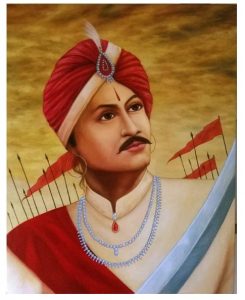
Ishwaripur, the capital city of Jessore state of 19 square kilometers, is now a union of Shyamnagar upazila. In the shade of modernity, new constructions have been added to the old history. Ishwaripur, the capital city of that state, may not be found today, but the archetype is scattered here and there in history.
How to visit: Satkhira bus terminal has to come from anywhere in Bangladesh. Then from Satkhira to Shyamnagar by bus, the distance is 75 km. From Shyamnagar, you can easily travel short distances by battery operated vans or other vehicles.
Writer : Salim Shahriar, Media and Social activist

